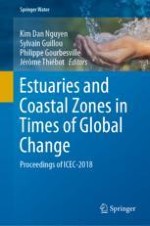This book is a collection of extended papers based on presentations given during the ICEC 2018 conference, held in Caen, France, in August 2018. It explores both the limitations and advantages of current models, and highlights the latest developments concerning new numerical schemes, high-performance computing, multi-physics and multi-scale methods, and better interaction with field or scale model data. Accordingly, it addresses the interests of practitioners, stakeholders, researchers, and engineers active in this field.
